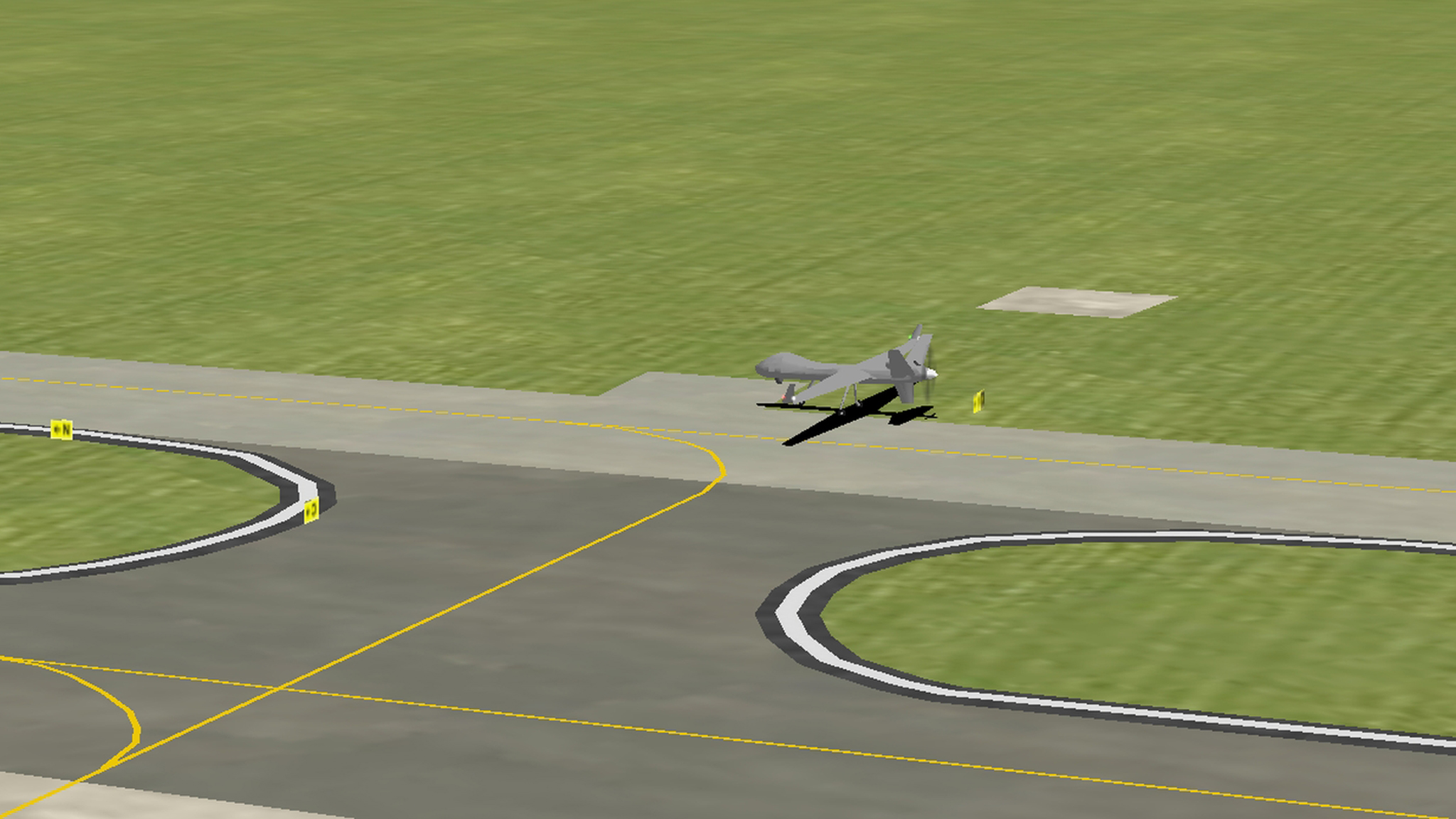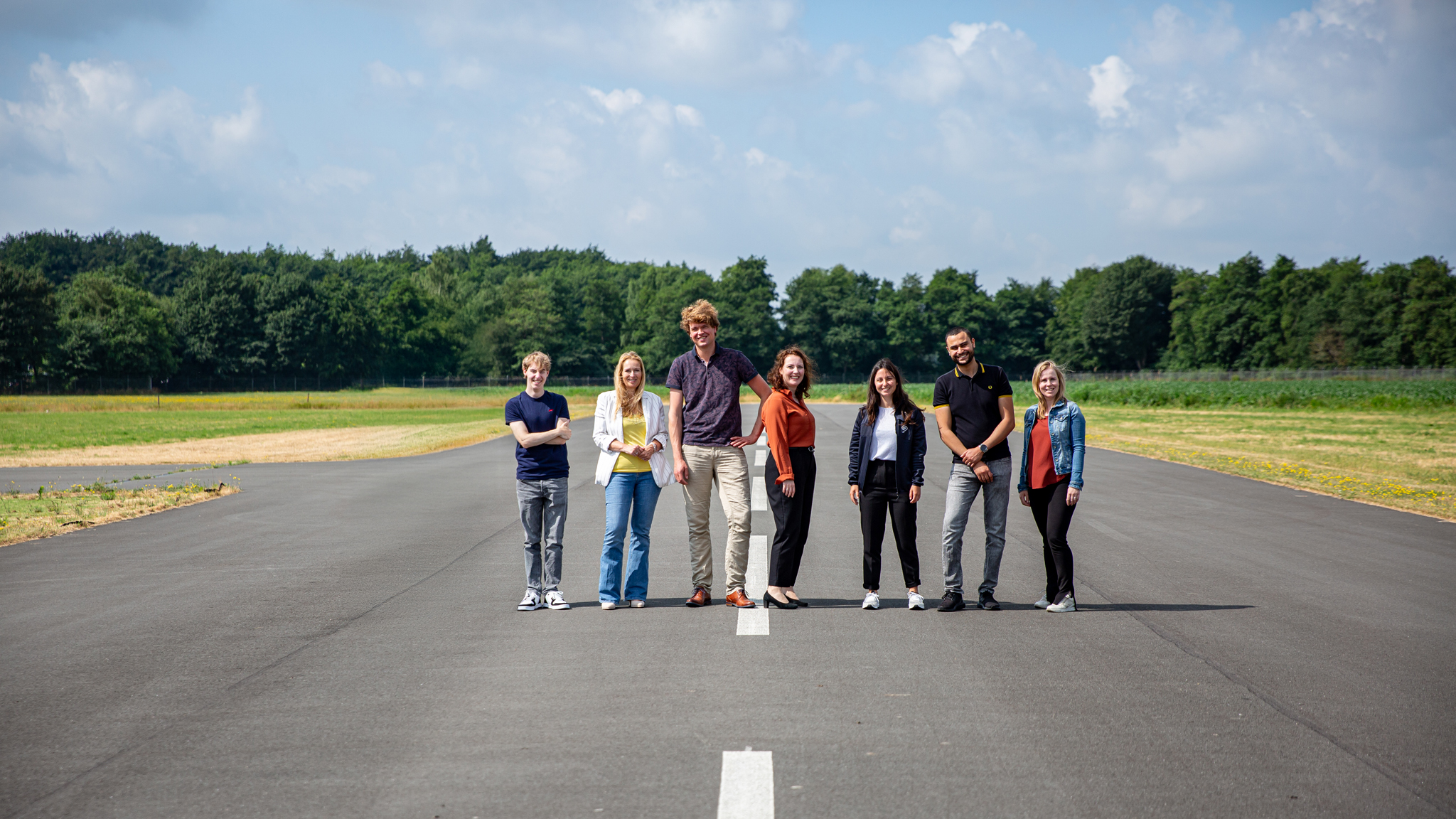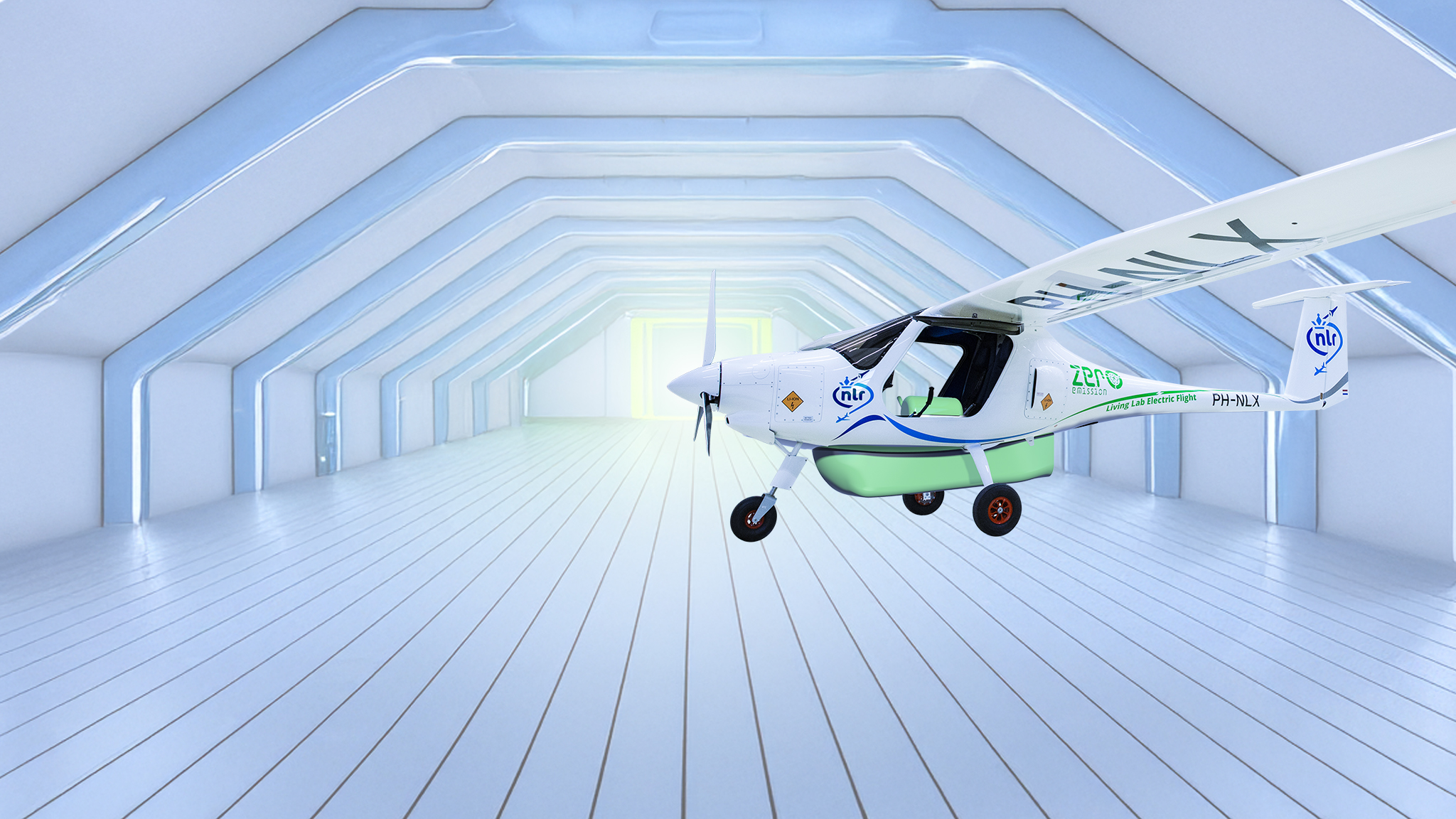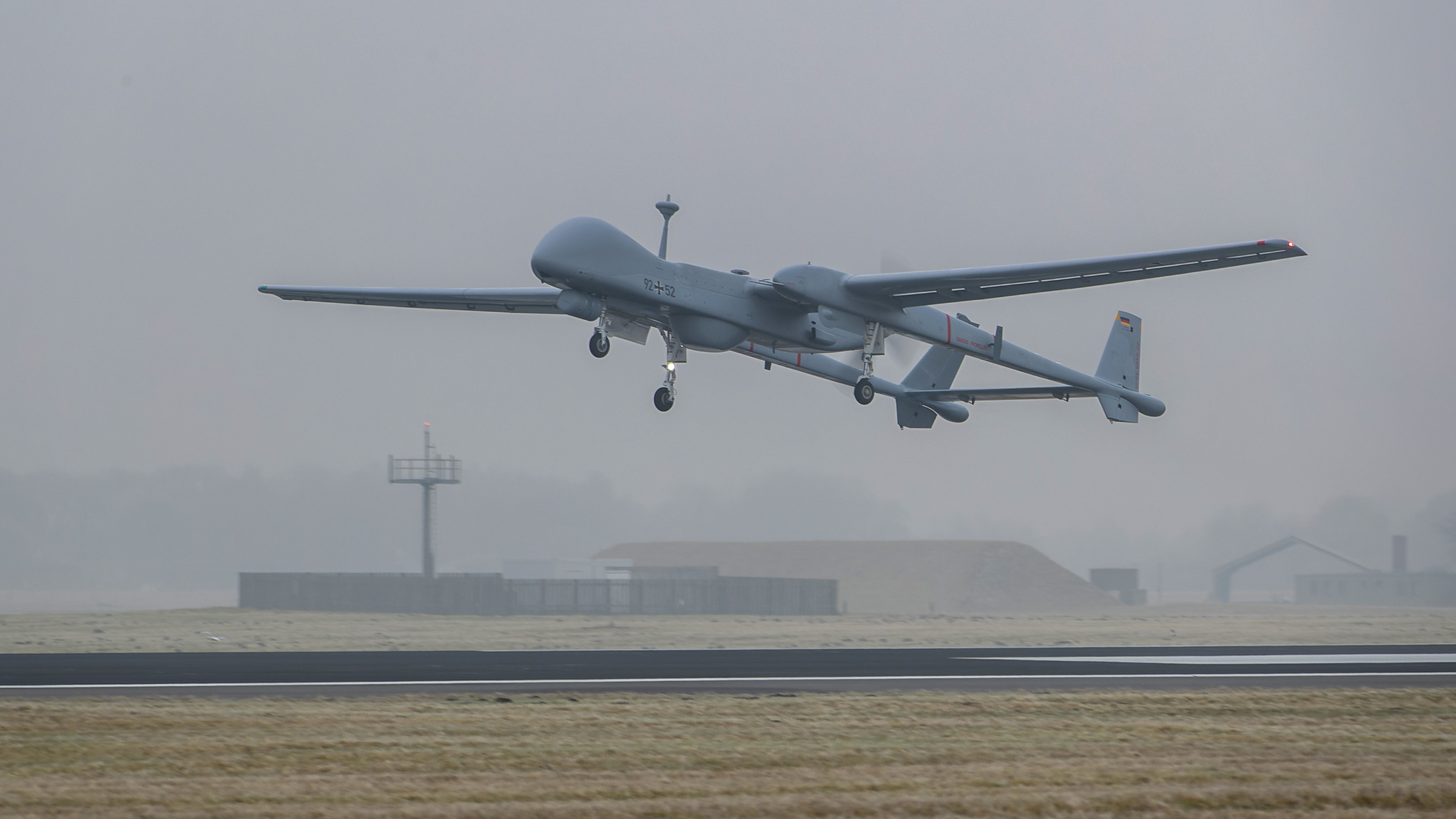“The goal of this study is to iteratively develop the procedures needed to operate MALE RPA in Europe based on empirical evidence gathered from a series of real-time simulation exercises,” said Dr. ir. Emmanuel Sunil, R&D engineer and project manager NLR. “During the first simulations performed in May, we subjected air traffic controllers to many contingency procedures ranging from engine failure to loss-of-link between the pilot and the RPA. The results indicate that the new procedures that we are developing will make it possible for MALE RPA to fly safely and efficiently in civil European airspace along with other manned air traffic.”
For the exercise, two NLR simulators were utilized: the NLR ATM Research Simulator (NARSIM), which simulates air traffic and provides working positions for ATCOs and aircraft pilots, and the NLR Multi UAS Supervision Testbed (MUST), which functions as the RPA simulator and the pilot ground control station. GA-ASI supported this exercise by providing 3D and kinematic models of the SkyGuardian RPA.
Future simulations studies are planned to improve the fidelity of the MALE RPA airspace integration procedures, through testing the effectiveness of on-board TCAS II and also consider the use of novel technologies such as Detect and Avoid (DAA) to further increase the safety of RPA operations. DAA technology provides RPA pilots with additional situational awareness of the traffic situation around their aircraft.
Get an impression of the simulations in the video clip below.



